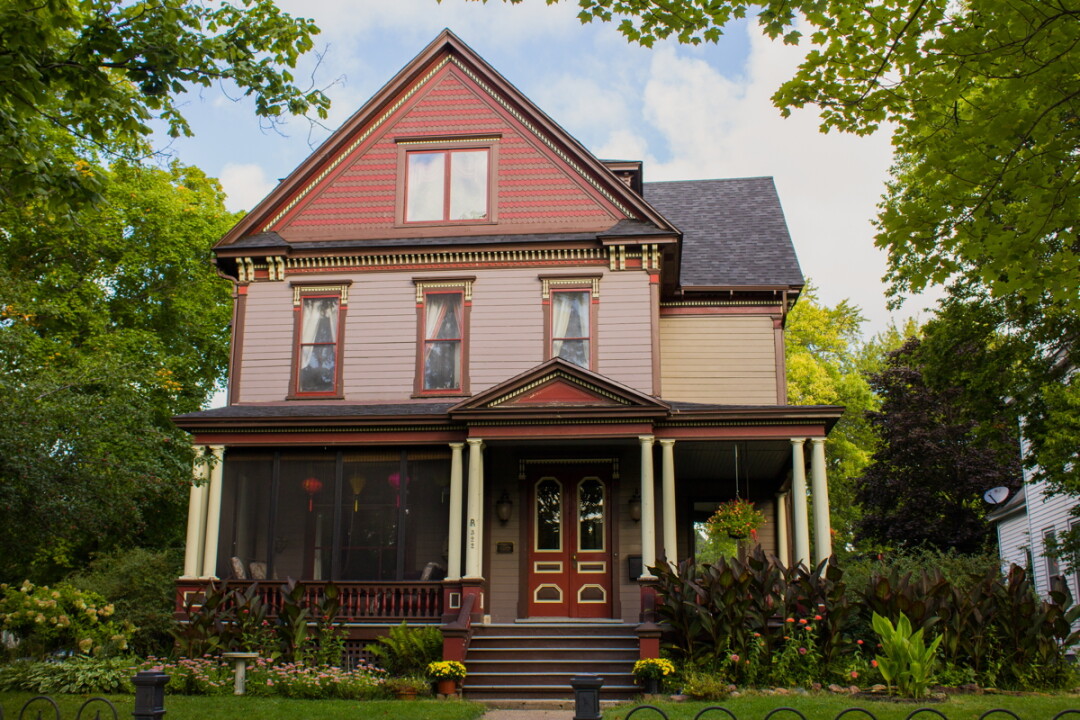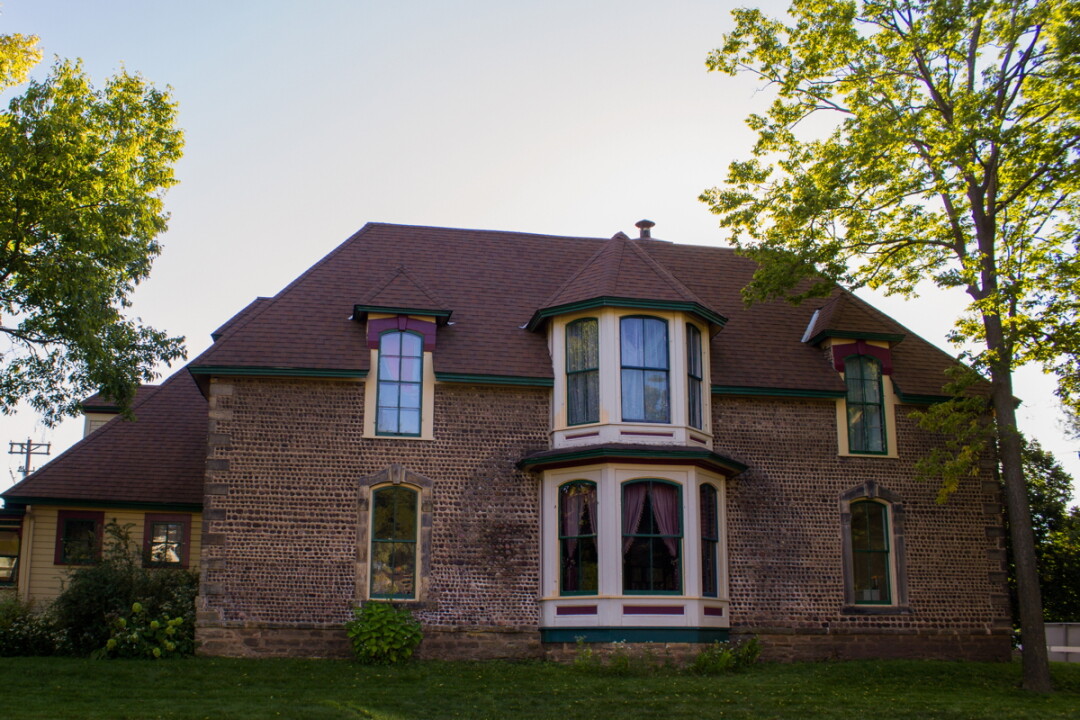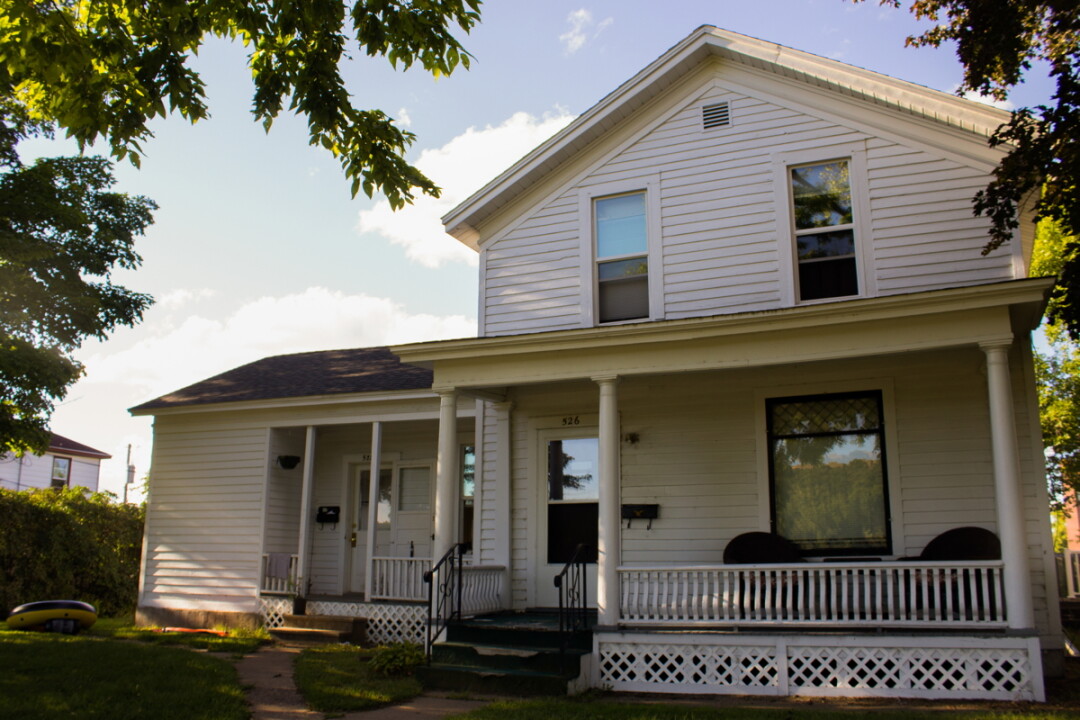The 5 Oldest Houses in Eau Claire County
Ty Randerson, photos by Ty Randerson |

The Chippewa Valley is chock-full of rich history, exemplified in its historic buildings. Eau Claire County alone has 63 entries in the National Register of Historic Places, three of which date back to the 1860’s. Of our 63 entries these are the five oldest houses in the county.
1. Clarence Chamberlin House – 1881
The Clarence Chamberlin House on West Grand Avenue (above) was built in 1881 for Clarence Chamberlin, who settled in Eau Claire in 1856 and worked as a lumber salesmen for the Empire Lumber Company. He later served on their board of directors as well as numerous other boards until his death.
.

4. Levi Merrill House – 1873
The Levi Merrill House on Ferry Street (above) was built in 1873 for Levi Merrill who was a noted stonemason and owned a quarry just west of the house. Merrill lived in Eau Claire as early as 1876 and is credited for cutting the stone pedestal for a sundial which used to stand at the corner of Fourth Avenue and Water Street. This house is one of the only remaining original structures in Shawtown.
.

3. Martin Van Buren Barron House – 1871
The Martin Van Buren Barron House on Washington Street, also known as the Krause House, was constructed by local builders Bangs and Fish. Van Buren Barron settled in Eau Claire in 1865 and ran a flour and feed store until 1878. Van Buren Barron was elected to the first city council of Eau Claire in 1872, representing the lower Third Ward.
.

2. The "Cobblestone House" – 1866
The Cobblestone House on State Street, also known as the Joel Roberts House, was built in 1866 by Bradley Marcy who constructed the exterior of the house from stones gathered from the banks of the Eau Claire and Chippewa Rivers. This house is the only example of cobblestone architecture in the Chippewa Valley.
.

1. Adin Randall House – 1862
The Adin Randall House was built in 1862 for Adin Randall, who was one of Eau Claire’s first settlers who promoted the area as rich with lumber. His house was built near his factory and mill on the Chippewa River at the end of Ninth Avenue. Randall also operated a ferry across the Chippewa and invented the sheer boom to divert logs into Half Moon Lake to cut losses during floods.


















